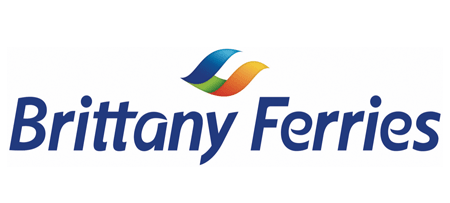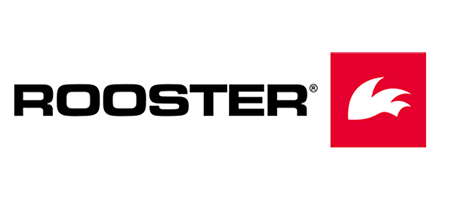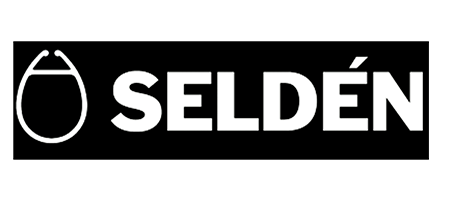
Welcome to the International Class Association website for the RS Aero. Here you will find all there is to know about the RS Aero including the latest news, how to register your boat, and links to relevant documents.
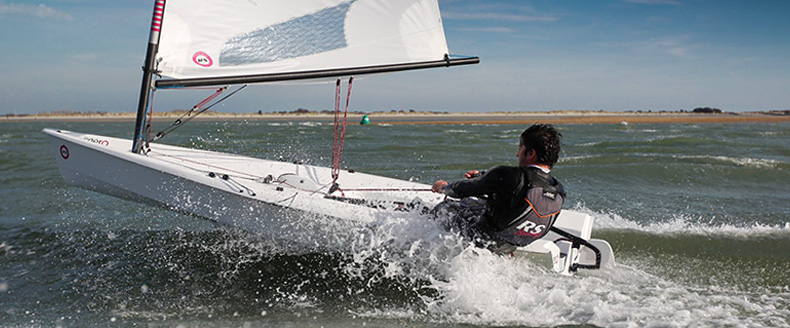
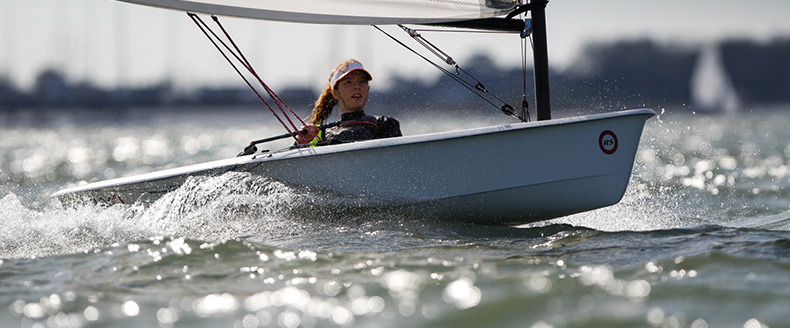
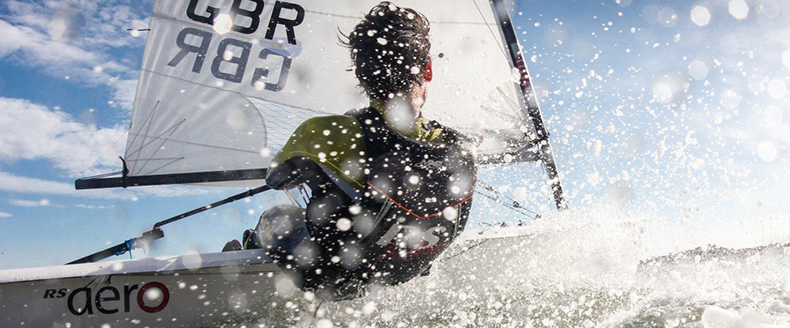
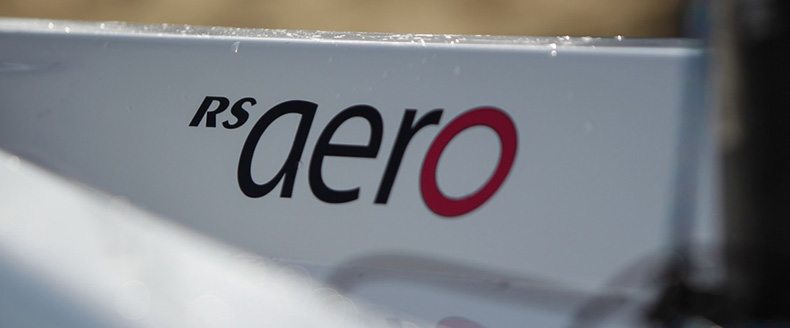
| Home >> General Discussion >> 2025 PY numbers |
In very light wind sailing an Aero 9 I have finished ahead of: Hadron H2, Rs300, Phantom. All sailed by good expereinced sailors.
In a handicap forming scheme this single result would not contribute significantly since weighing only 68 Kg I cannot hold the 9 up in anything over Bft 2.
In the same race I was a close finisher with two Solos sailed by multi-open wining and National Chanpion sailors. The Solo handicap gives it a huge advantage in the results calulation over the Aero 9.
I have also finished ahead of a pack of Solos being led by another National Champion in Bft 3 - 4 in the Aero 7, and on the Sailwave processed handicaps been scored behind all of them.
Enjoy what you get on the water.
And if the processed results do matter in your club then propose they adopt their local variations on the PY or GL values; which are permitted after all.
Reply
Hi Russell
yes this all makes sense and is a fair calculation of sailors but it only gives a handicap of the average sailor using that class of dinghy not the boat design and spec.
A good sailor is getting an advantage if there are a lot of poor sailors using the same class which would appear to be the case with the Laser which has gone from 1070 to 1104 dispite have made upgrades in sail design and rig controls in the last 20 years.
The Aero is generally sailed by competent sailors who have moved from other classes or young talented ones; that are winning Open events, who would have started in an old Laser years ago.
Reply
The RYA have changed the calculation method this year and I think it has made a big difference to the local handicaps they have suggested at our club. I am less sure about the impact on national handicaps.
The calculation is supposed to discard "poor performers" and then calculate the acheived PY for the not poor performers in each race and average those. It doesn't discard anyone from the top of the fleet.
The calculation for this year goes like this:-
Take the top 2/3 of the race fleet, take the median of their corrected times, discard all boats not within 110 percent of that time. Take the remaining boats and take the mean of their time to give a "standard corrected time". Use the standard corrected time and elapsed times to calculate the acheived PY. Average the acheived PYs for each class to give a recommended PY.
In previous years the calculation has been different and the mean corrected time was used instead of median and boats not within 105% of that time were discarded.
I have analysed a few (seven) races at our club from last season using both methods. In the races I looked at, the change from mean to median made no difference at all but the increase to 110% made quite a big difference in some of the races. Using 110% included more boats including novice racers who I would have thought should be discarded as poor performers.
I think this makes a difference because different classes are sailed at the top and bottom of the fleets. I think that in general only more experienced racers will justify the expense of an Aero while novices might start with older classes like Lasers or others.
The change to the RYA method means that more performances down the fleet are captured. That will favour their PYs and penalise boats only sailed at the top of the fleet.
As far as local handicaps are concerned there are some strange effects. The national PY for the Aero 7 and another class differ by 12. Our RYA recommended local handicaps for the Aero 7 and that class differ by 76.
I hope this all makes sense. What do you think?
Russell
Reply
Unfortunately the PY system has some limitations as it has too many variables; sailing conditions, different water conditions (sea , lake and rivers), ability of the sailors. Also the top results and bottom results are not included. Then after all that there is no accountability to the specs of the boat design and rig size. A RS Aero 9 has a similar spec to a Solution (only a weight advantage of -15kgs). The Solution has the similar no to an Aero 6. So the PY are based on the sailors in a class not the boat design.
The only fair way to measure is to have all the classes sail the same course in same conditions by the same sailors.
Reply
I have finished a close second to the North American champ at our local regatta. I'm no slouch. Our ILCAs are at their very best my equal. When I'm in an aero 5 and sailing next to a radial, the radial and 5 are similar upwind, but the radial is faster downwind. Take what you want from that.
Reply
How good are you? How good are they? That would be context .. if you're an Aero World Champion and they've never won a ILCA Open meeting then you've got a case; that's what we need to know.
The PN is a data exercise from returns all around the country, there is no subjectivity to it. I'll say it again, there is no element of "should be", or the boat's potential speed; it is how fast they are actually being sailed in the real world.
Reply
To give context, I've won every aero racing series at our club for like 8 years. In the past couple of years the ILCA was added into the fleet and since then, the main boats I worry about are the 4.7 and radials, especially when the breeze picks up (I sail aero 5/7)
Reply
Reply
One has to accept there is no "one size fits all" handicap system for all the different classes, with another problem coming from the standard of the helms in each class. The Lasers have a large range of abilities, while the International 14, for instance, is the opposite....!
Enjoy your 6......I love mine!
Reply
Reply
